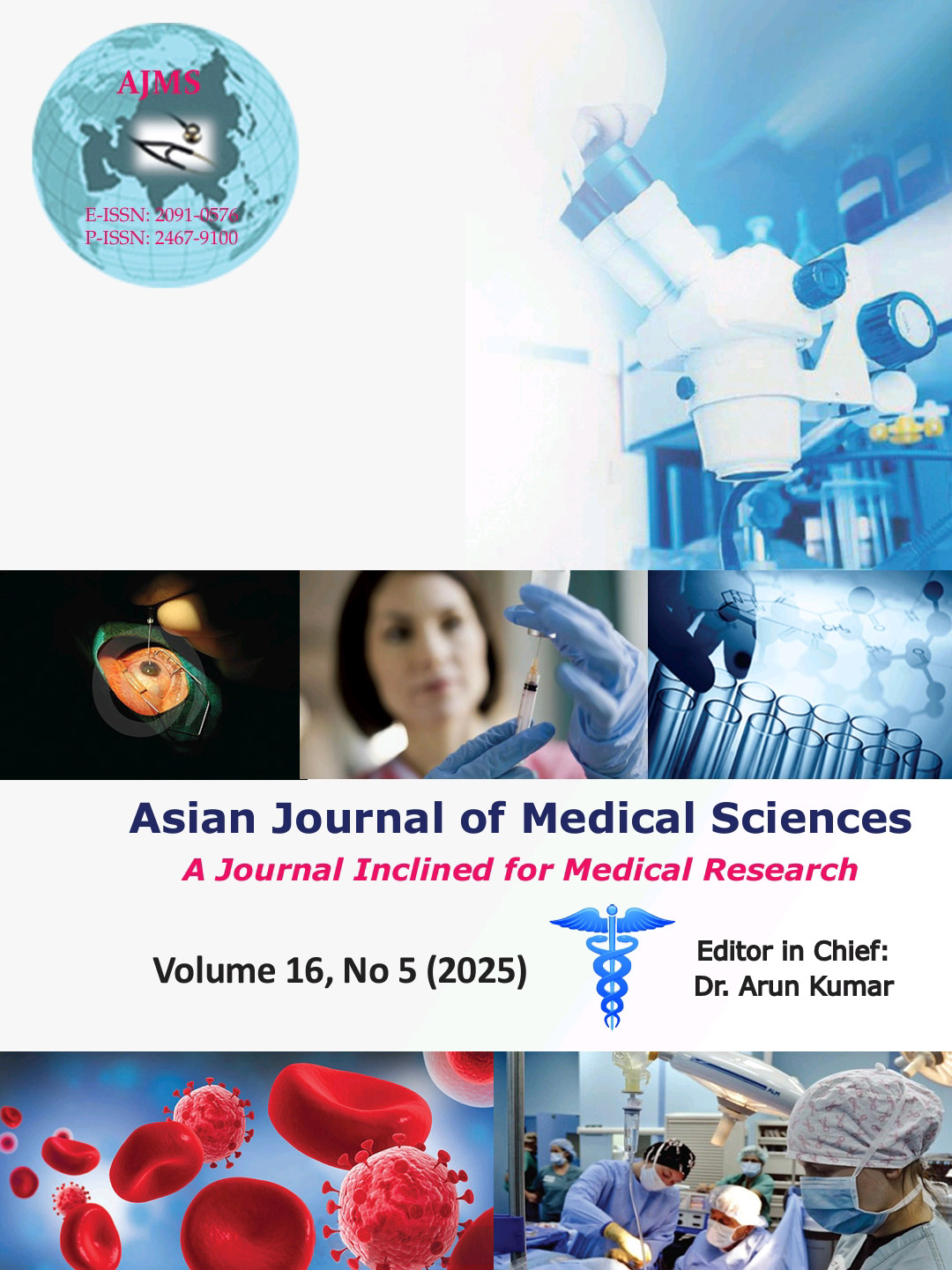Management of abdominal trauma patients in a peripheral hospital of Eastern India – A prospective study
DOI:
https://doi.org/10.71152/ajms.v16i5.4480Keywords:
Road traffic accident; Blunt abdominal trauma; Penetrating abdominal traumaAbstract
Background: Abdominal trauma is a common surgical problem in patients attending emergency departments of all peripheral medical colleges like ours. As it consumes a lot of health resources, this becomes quite a significant public health burden. We conducted an epidemiological study regarding age, sex, etiology, clinical presentation, and management on these patients of our medical college. We also re-evaluate the routine use of contrast-enhanced computed tomography (CECT) scan in management of abdominal trauma.
Aims and Objectives: This study aims to identify the various causes of abdominal trauma in peripheral regions and to classify the different clinical presentations of abdominal trauma and evaluate the effectiveness of conservative management.
Materials and Methods: We had conducted this prospective study in a tertiary care center from February 2022 to August 2024. We had conducted thorough clinical examination and whole abdomen radiology (Straight X-ray abdomen and sonology) of all the patients after proper resuscitation in the emergency ward. As emergency CECT scan of abdomen is not available round the clock in our peripheral medical college, we have to use four quadrant puncture and diagnostic peritoneal lavage in few patients with abnormal clinical and or radiological (Ultrasonography and X-ray) findings. Few patients underwent emergency laparotomy. The rest were put in conservative management with continuous monitoring, among them few patients underwent delayed laparotomy.
Results: During the study, 168 patients were admitted. Of these, 24 underwent emergency laparotomy after resuscitation, while 144 were managed conservatively. Among the conservatively managed patients, 21 later required delayed laparotomy based on clinical and radiological findings. A total of 29 patients underwent CECT scans. The primary cause of injury was road traffic accidents (RTA), with physical assault- and cattle-related injuries also notable, especially among the elderly (Chi-square=166.5551, P<0.00001).
Conclusion: Non-operative management was successful in most cases in 123 patients, with only 29 requiring a CECT scan. RTAs and physical assaults were the primary causes, with middle-aged individuals being the most affected. In peripheral areas, elderly patients frequently sustain injuries from cow attacks. Most abdominal injuries can be treated conservatively, and well-planned management can significantly reduce mortality.
Downloads
Downloads
Published
How to Cite
Issue
Section
License
Copyright (c) 2025 Asian Journal of Medical Sciences

This work is licensed under a Creative Commons Attribution-NonCommercial-NoDerivatives 4.0 International License.
Authors who publish with this journal agree to the following terms:
- The journal holds copyright and publishes the work under a Creative Commons CC-BY-NC license that permits use, distribution and reprduction in any medium, provided the original work is properly cited and is not used for commercial purposes. The journal should be recognised as the original publisher of this work.
- Authors are able to enter into separate, additional contractual arrangements for the non-exclusive distribution of the journal's published version of the work (e.g., post it to an institutional repository or publish it in a book), with an acknowledgement of its initial publication in this journal.
- Authors are permitted and encouraged to post their work online (e.g., in institutional repositories or on their website) prior to and during the submission process, as it can lead to productive exchanges, as well as earlier and greater citation of published work (See The Effect of Open Access).





